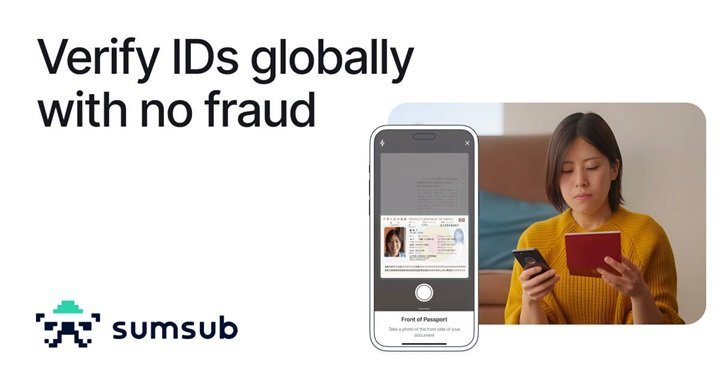Table of Contents
Introduction – SumSub – Identity Verification
In the digital age, identity verification is crucial for online security and compliance. For information technology engineers, understanding platforms like SumSub can be a game-changer. SumSub, short for Sum & Substance, is an innovative platform designed to help businesses verify users, prevent fraud, and ensure compliance with Know Your Business (KYB) and Know Your Customer (KYC) regulations. In this article, we’ll explore how SumSub works, its unique features, and real-life examples of its impact on businesses, alongside a look at other trending platforms in the industry.
The Challenge of Traditional KYC Verification
Traditional KYC verification is a labor-intensive, manual process. Large financial institutions often handle over 25 million documents, employing more than 3,000 people to manage these processes. This siloed approach not only slows down operations but also increases the potential for human error. The need for a more efficient solution is clear, and that’s where unified identity verification platforms like SumSub come into play.

How SumSub Streamlines the Process
SumSub offers a unified platform that integrates all aspects of the verification process into a streamlined, automated service. This comprehensive approach eliminates the need for multiple systems and manual checks, significantly reducing the time and resources required.
Key Features of SumSub
- Rapid Verification: SumSub’s technology enables businesses to verify users in under five seconds, often without requesting additional documents. This rapid verification is powered by advanced AI and machine learning algorithms.
- Fraud Prevention: SumSub effectively blocks nearly 100% of fraud attempts through a combination of biometric checks, liveness detection, and document verification. This robust system ensures that only legitimate users are approved.
- Compliance: SumSub provides a comprehensive compliance toolkit, covering a wide range of regulations, including Anti-Money Laundering (AML) and General Data Protection Regulation (GDPR). This helps businesses stay compliant with international standards.
- User Experience: The platform prioritizes a seamless user experience, allowing users to complete verification steps quickly and easily, without the need for extensive documentation.
Real-Life Examples
Example 1: A Fintech Startup
A fintech startup offering digital banking services needs to onboard customers quickly while ensuring security. With SumSub, the startup can verify new users in under five seconds, reducing onboarding time and enhancing customer satisfaction. The platform’s fraud prevention capabilities protect the startup from potential financial losses by ensuring that only legitimate users are granted access.
Example 2: An E-commerce Platform
An e-commerce platform handling international transactions faces challenges in verifying the identities of buyers and sellers. SumSub provides a solution by verifying users’ identities, ensuring compliance with international regulations, and preventing fraud. This builds trust among users and promotes a secure shopping environment.
Example 3: A Gaming Company
In the gaming industry, age verification is critical for compliance. A gaming company using SumSub can quickly verify players’ ages, ensuring minors do not access age-restricted content. This not only protects the company from legal issues but also promotes responsible gaming practices.

Other Trending Platforms in Unified Identity Verification
While SumSub is a leader in the field, several other platforms are also making waves with their innovative approaches to identity verification:
1. Fourthline
Fourthline is a European startup that uses AI to scan more than 200 checkpoints on new customers. This comprehensive check ensures a high level of security and compliance, making it a popular choice among financial institutions.
2. Third Fort
Third Fort offers an identity verification platform that allows customers to verify their identities through an app. This mobile-first approach is convenient for users and provides businesses with a quick and reliable verification method.
3. Veriff
Veriff combines human verification teams with AI to deliver a six-second ID verification process. This hybrid approach ensures high accuracy and efficiency, making it a preferred choice for businesses that prioritize speed and security.
Conclusion
SumSub is revolutionizing the identity verification process, offering businesses an efficient and secure way to verify users, prevent fraud, and ensure compliance. For information technology engineers, understanding the capabilities of platforms like SumSub, Fourthline, Third Fort, and Veriff can significantly enhance the security and compliance processes within their organizations.
By integrating SumSub and other unified verification platforms into business operations, companies can streamline user onboarding, reduce the risk of fraud, and stay compliant with international regulations. As technology evolves, these platforms will play an increasingly vital role in maintaining the integrity and security of online transactions.
Have you had any experiences with SumSub or similar platforms? Share your thoughts in the comments below!




Leave a Reply